The second edition of the Lowrance Elite Ti (now Ti²) series is accompanied by a technical revision, which is marketed under Active Imaging. With improved hardware and a new 3-in-1 transducer, which further optimizes the structure scan process in addition to the 2-D chirp range, the Elite Ti² wants to convince. Whether this is reflected in practice, we have examined the entry-level model Lowrance Elite-7 Ti² with the new Active Imaging 3-in-1 transducer.
The Lowrance Elite Ti fish finder - Out of the box
In addition to the new Lowrance Active Imaging 3-in-1 transducer and the combo unit itself, you’ll also find a cover for the screen, mounting hardware for the unit and transducer, and a round base mount included.
The device unit is attached to the base of the holder with force and vice versa with some effort. The connection sits bomb-proof and wobble-free, but did not engage in our test device when a decent amount of force was applied, so the quick release handle on the back had no function.
Instructions and installation instructions are included in the scope of delivery in abridged form, and the extensive user manual and additional installation manual are available on the Internet. However, we were annoyed that the otherwise very good and detailed user manual from the web does not have a (search) index.
The hardware equipment of the Lowrance Elite Ti² fish finder
The 7″ screen
With the usual 800×480 resolution, the screen could convince us on the whole. Sharpness and brightness are impeccable, and with a viewing angle of 160° vertically and 170° horizontally, the image can be read flawlessly even when viewed from an oblique angle.
What is a little missed is the clarity and brilliance that distinguishes, for example, a Solar Max HD LCD in the Lowrance HDS series (like for example with the Lowrance HDS 7 Carbon). But that is already complaining on a high level. The Elite-7 Ti² is operated via a touch screen. In addition, there are a few buttons on the right side, which, for example, simplify the marking (waypoint) on the nautical chart or are simply additionally available for zooming (plus/minus).
Touch screens have been the subject of much discussion because of their operating safety in wet conditions and heavy seas. In extreme cases, the criticism may also be true, but no other operating option allows a fish finder to be handled faster and more efficiently than via a touch screen.
A few extra buttons and access to the SD port from the front, as on this unit, complete the whole perfectly. By the way, the SD slot is located under the rubberized Lowrance logo on the left side of the Elite Ti². The computer equipment (CPU and memory) of the Lowrance Elite Ti² is sufficiently dimensioned. The processes are consistently free of delays.
The map buildup is quick, small waiting phases after large zoom jumps and maximum map layout are acceptable. The connection options on the back of the device are limited to what is necessary. Besides a nine-pin depth sonar connector on the right, there is a combined power/NMEA183 connection on the left and a connector for NMEA2000 closer to the center. An integrated wifi rounds out the connectivity options, even wirelessly. Bluetooth is also available.
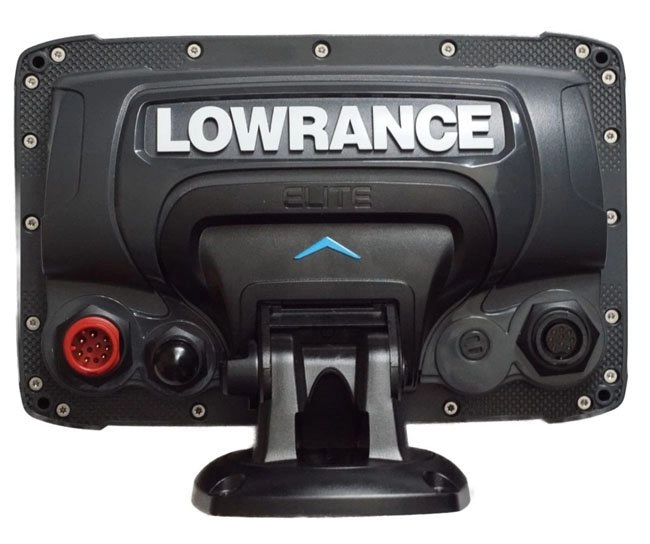
Lowrance Elite 7 Ti² Active Imaging 3 in1 Transducer and Fish Finder Functions
The Lowrance Active Imaging 3-in-1 transducer replaces the previous Total Scan transducer. At first glance, nothing has changed functionally, 2-D Chirp and the two Structure Scan options are integrated. Technically, however, one has turned a little on the innovation screw.
The system has been optimized by, among other things, installing separate transmitting ceramics for transmitting and receiving at SideScan, which increases the ping speed and thus the resolution as well as the page range. The manufacturer wants to collect more information for image evaluation and thus improve the overall quality of the recordings.
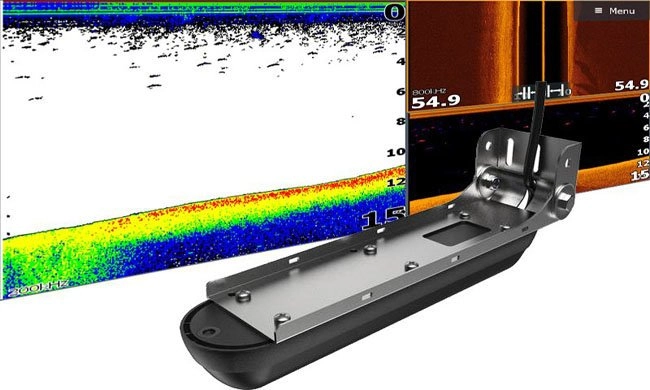
Such technical doings naturally require space, which makes the dimensions of the transducer a bit lush. The mounting plate and the connection bracket are made of metal. The angle of attack of the transducer can be adjusted steplessly, in case of emergency at grounding but also for boat transport the transducer folds upwards to the boat.
The capabilities of the built-in sonar techniques hold no surprise. StructureScan with side- and downscan transmits in 455Khz and 800Khz, the 2-D chirp range covers the high and med chirp transmit frequencies around 200/83Khz, although the bandwidth is not openly published.
Unfortunately, even in the new edition of the Elite Ti series, it is not possible to run 2-D Chirp and StructureScan in parallel. Once Side or Downscan is running, traditional sonar in parallel is only possible with a fixed frequency. No CHIRP!!!!!
Looking at the technical data of the sonar functions, the Lowrance Elite-7 Ti² is initially suitable for freshwater fishing. For the StructureScan option, the manufacturer specifies a maximum depth of around 90 m, the traditional 2-D Chirp comes down over 300 m in freshwater and is thus also suitable for the normal fishing depths of saltwater regions.
-
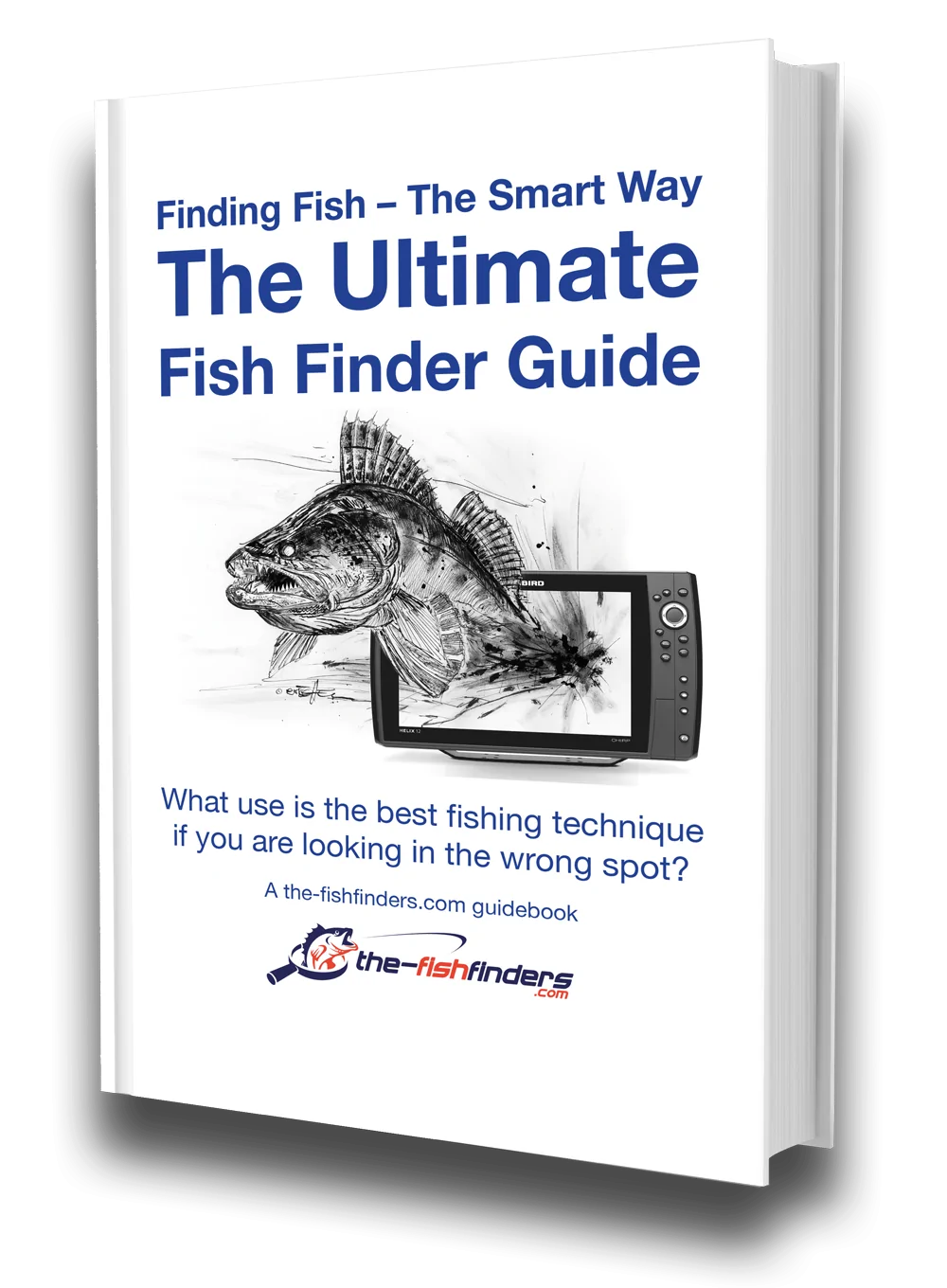
The Ultimate Fish Finder Guide
Download 40 pages for free now
Reviews ( 17 )
Lowrance Elite Fish Finder – The Chartplotter, GPS and Live Mapping Functions
The Elite Ti² chartplotter is fully equipped with everything needed for safe, functional and comfortable navigation on the water. The GPS clocks 10 times per second, ensuring the boat’s movement on the screen is smooth and accurate down to common drift speeds.
Maps from C-Map, e.g. Max-N/N+ or Navionics+/Navionics Platinum+ can be used on the plotter. This covers the entire European sea area including large inland waters (lakes and rivers) in various map sizes.
Worldwide, corresponding map modules are of course also available, to which Lowrance’s own charts come, which are mainly effective in North American waters. Create your own water charts or even optimize existing ones, offer themselves with the Lowrance Elite Ti².
Virgin waters are charted with C-Map Genesis Live, existing charts with the Navionics SonarChart™LIve option. However, the latter requires a Navionics chart subscription.
Lowrance Elite-7 Ti² in practical use
Workmanship, operation, operating system of the Lowrance Elites 7 Ti²
You can argue about the design of the case – some people like it, others don’t. In the end, it doesn’t matter for the usefulness of the device on the water. Nevertheless, details are sometimes annoying if they can influence the care and external appearance of a sonar.
In the case of the Lowrance Elite-7 TI² fishfinder, it is the many corners and crevices that are difficult to clean and the all-round sealing lip of the housing that magically attracts dust and small fibers and only wants to release them with difficulty.
Of course, these are minor details, but can’t such minor details be avoided from the outset in a housing design?
Well, there is nothing to complain about functionally: The workmanship is okay, as is the quality of the materials. The mount serves its purpose, although the handling could be easier, as described. The rear ports are large and can be professionally secured with cap nuts.
A flexible connection cable facilitates work when laying on board. The touchscreen works precisely and with reliable execution. The keys reveal a good pressure feel with pleasant resistance and a clear pressure point.
The menu system of the Lowrance Elite
The user quickly learns how to navigate through the well-structured and logically structured menus and submenus, and also internalizes the operation after a few uses. The setting options are diverse, but require some time to explore the possibilities of individual options.
The transducer installation on the boat should be carried out precisely according to the instructions. To lock the angle of attack, it is advisable to select the torque for tightening the screw in such a way that the adjustment safety at high speeds and the folding function when hitting an obstacle can be reconciled.
Navigation, nautical charts and live mapping with the Lowrance Elite 7 Ti²
With the chartplotter, we went through typical fishing scenarios. First of all, the GPS was able to convince us completely. We never had to wait long for a GPS fix. Even during difficult receiving situations, the device immediately restored navigation readiness.
Compared to two competing products in the same price range, the Elite Ti² was just ahead in several tests (difficult receiving conditions). For example, it found enough satellites with suitable reception strength in a short time, while one of the two comparison models could not show a single usable satellite.
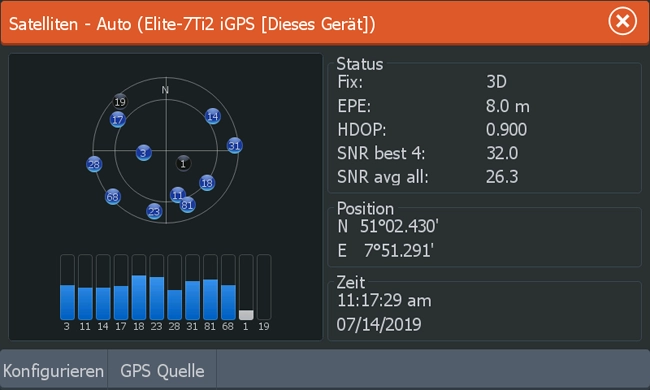
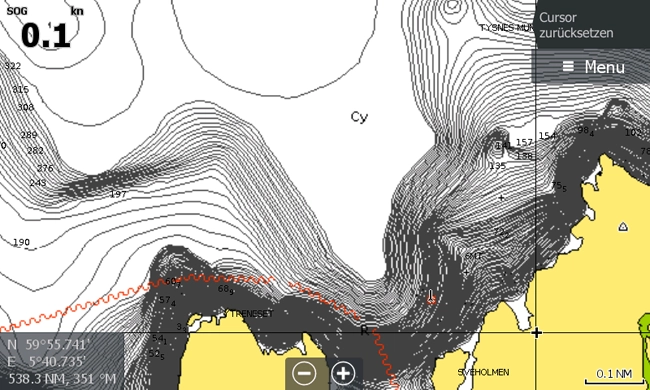
Marking spots, setting up routes, saving them and driving them, but also backtracking, an important function for finding your way back in case of sudden fog, work as expected with the Elite Ti² and with a very good accuracy when driving to predefined positions.
In terms of nautical charts, we used C-Map Max-N and Navionics Platinum+ and tried the autorouting options offered there. Again, everything was without any comments. Both chart options are quite comparable in our opinion, but they differ in the bathymetric chart views (fishing charts), which are important for us anglers because they make hotspot searches much easier.
Navionics offers a visibly denser depth contour and with Platinum+ also has a good handle on 3-D representations. Navionics also integrates SonarChart™Live into its chart format, allowing new personal charts to be created while the boat is on the water.
The newly recorded charts are overlaid on top of the existing chart, which means that Navionics charts with an active subscription must already be available. This also applies to the possibility of recording depth contours of virgin waters.
With C-Map Genesis Live, the Lowrance Elite-7 Ti² has another option to record and share maps. To do this, you save all the information that the depth finder transmits via the sonar log. One shares the data with the provider, who revises it and reflects it back. A somewhat more complex procedure, which can, however, a professional revision of the data as an advantage.
Fish finder functions and transducer Lowrance Active Imaging 3-in-1
At Lowrance, with the flood of new terminology, it’s sometimes hard to know what’s behind it.
Active Imaging is a term that actually hides the fact that the Elite Ti² is a technical revision of an existing device series and not a new innovative series. This is by no means to be seen critically. In the case of the Elite Ti² series, the revision has expanded the device’s capabilities and also improved weak points of the previous Ti series, as we could see.
The previous instruments with the Total Scan transducer were not very convincing in the traditional 2-D Chirp display, because Chirp worked with fixed frequency ceramic array and even for the HDS instruments Airmar transducers were therefore recommended for best Chirp images.
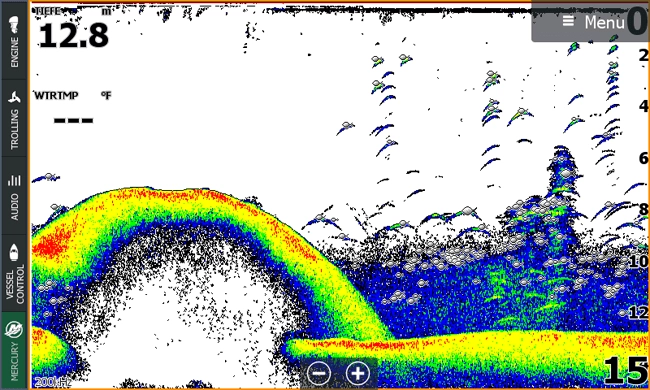
For the current Active Imaging transducer 3-in-1, the installed ceramic for 2-D chirp has probably not changed, but rather the control options have been optimized. And with success.
The differences to the Elite Ti are visible, fine resolution and a clean object separation with good identification of existing fish arches already come close to what can be achieved.
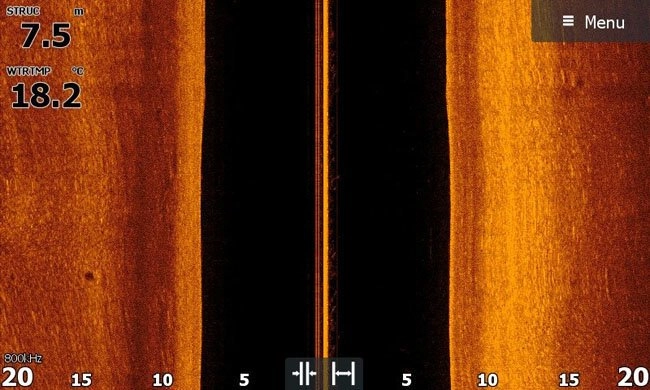
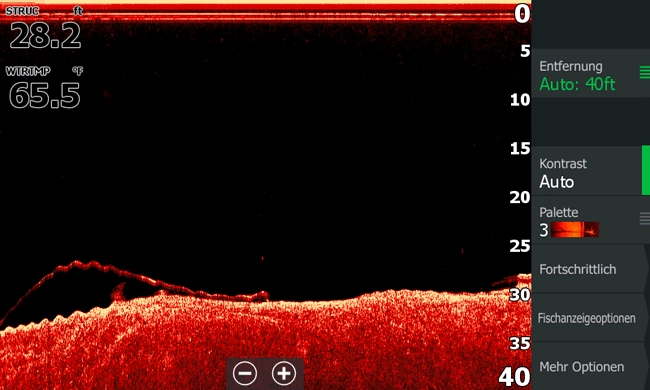
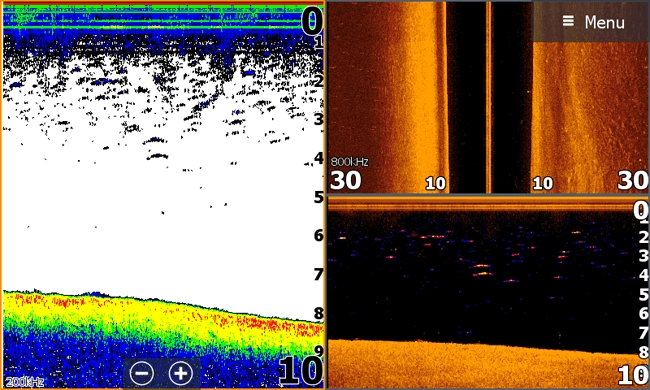
For optimum image quality, you should make use of the device’s setting options, which have been additionally expanded in the new edition of the Elite Ti. The Structure Scan section was already the showpiece of the Elite Ti in the past, but with the Active Imaging transducer they have gone one step further.
The images in the StructureScan range are of the finest. At 800 Khz, they are not far away from the high-frequency Mega Image images of the competition, even if the last bit of resolution and sharpness is naturally missing.
The developers have done a good job here with the new Active Imaging transducer 3-in-1 and the hardware update. Especially with multiple screen splits, the details in the windows are still clearly visible even with a small 7″ LCD.
We also find the FishReveal™ function very interesting, which combines the best of traditional 2-D sonar and the downscan. Here, no one needs to guess anymore whether fish are present or not (see cover picture).
Summary review of the Lowrance Elite-7 Ti² fish finder
The revision has visibly benefited the Elite-7 Ti² Lowrance fish finder and its siblings in the series. Progress has been made in the quality of the 2-D chirp images, among other things. The Structurescan section has also benefited from the revision and has once again gained in clarity, resolution and range.
The chartplotter does not reveal any weak points in all the points we looked at, quite the opposite: the strong-receiving and highly sensitive GPS module takes a top position in the price range.
The workmanship of the device, the quality of the components and the scope of delivery also do not give reason for criticism. The screen has also been further improved compared to the predecessor. Not only the readability in sunlight or oblique top view are impeccable.
The Lowrance Elite Ti² is in an excellent position when it comes to using C-Map and Navionics and the aforementioned live mapping options. This also applies to the wireless connection options via Wi-Fi and Bluetooth as well as the successful combination of touchscreen and button operation, even if the software update via Wi-Fi was not fully implemented at the time of testing and we had to resort to the SD card installation.
In terms of price, the device with the Active Image transducer 3-in-1 is already offered for around 930.00€. This is a very good price-performance ratio. However, the offer has to fight off powerful competition from fish sonars for angling from other sonar manufacturers, which scores with the one or other highlight and also has the nose in front in terms of price.
Read here: Our big fish finder review – which are the best fish finders?
-

The Ultimate Fish Finder Guide
Download 40 pages for free now
Reviews ( 17 )
- Rated 5 out of 5
Raphaël G
Very effective. - Rated 5 out of 5
Vladimir M
The book describes the fish finder physics and builds up your understanding of how it actually works. I have yet to apply this knowledge with my Humminbird, but having that much of theory is extremely helpful in understanding and processing the sonar output. - Rated 5 out of 5
NICHOLAS JOHN REECY
The Deeper Guide was just what I was looking for. YouTube is full of reviews of the sonar but little in the way of education. I highly recommend for those wanting to better understand their Deeper sonar. - Rated 5 out of 5
Henrik
I am a beginner when it comes to fishing with fish finders. For me, the book has been very informative to judge the displays on the fish finder “realistically” and to recognize what limits there are when searching for fish with the fish finder. Now I know when I have to use my regular sonar and when I have to use my ClearVü or which settings I should apply to the device at which spot. I was impressed by the many illustrations, especially for understanding the functions. - Rated 5 out of 5
Dr. Manfred Marx
Very well written, so that it is understandable even for amateurs and structured concisely. - Rated 5 out of 5
Andreas Witz
An excellent book for learning about fish finders. - Rated 5 out of 5
AK
The ultimate fish finder guide is a beneficial introduction. I am excited to put into practice what I have learned. - Rated 5 out of 5
Lübbe Wolfgang
A well-written problem solver. - Rated 5 out of 5
Kalksee
The book is unmatched for understanding how a sonar/fish finder works. I was a fish arch hunter, and I suspect my fishing tactics will change. The book has clear writing, and you understand you understand a lot the first time you read it. I can only recommend it to anyone interested in technology. Thank you for this fantastic book! Thoralf - Rated 5 out of 5
Enrico Indelicato
I had absolutely no idea about fish finders. Since I read the book, I had a real Aha experience! For me, as a beginner, very detailed and uncomplicated explained. I can only recommend it! Best regards Enrico - Rated 5 out of 5
Udo
Reading this book has suddenly made my fish finders much more valuable to me! I realized that I made typical mistakes in interpreting the images, which I will now avoid. The authors use clear, understandable language and also explain the mathematical-physical basics very well. The fact that there is no advertising for one or another fish finder manufacturer has increased its credibility. At the same time, you get a solid impression of what is feasible today on this subject – and the “advertisements” of the manufacturers also helped. The book is ABSOLUTELY to recommend, because what good is an expensive fish finder if you too often draw the wrong conclusions from the obtained illustrations? In this respect, the money for the book is very well invested. - Rated 5 out of 5
Josef Weiss
I had to wait a long time for such great explanations. Thank you. - Rated 5 out of 5
Peter
It is a well-described, scientifically sound book highly recommended to anyone who wants to advance and doesn’t already know everything. - Rated 5 out of 5
Holger Just
Ich angle seit Jahren mit Echolot. Aber erstens bleibt man da irgendwann auf einer bestimmten Verständnisstufe stehen, diese konnte ich durch dieses Buch um einiges anheben. Als zweiten Aspekt mußte ich nach dem Lesen dieses Buches erkennen, dass ich durch “gefährliches Halbwissen” jahrelang Fehlinterpretationen hatte bzw. die Möglichkeiten meines Lotes nie richtig ausgenutzt habe. Also mein Fazit : Sehr empfehlenswert, die komplexen Zusammenhänge sind verständlich beschrieben. Das Buch ist ideal geeignet um sich in der angelfreien Zeit wertvolles Wissen für die folgende Saison anzueignen und beim Thema Echolot wieder uptodate zu sein. - Rated 5 out of 5
Matthias Wappler
Sehr gut!! - Rated 5 out of 5
M. Hermanns
Wer dieses Buch nicht liest, ist selber Schuld! Kein Vortrag, kein Presseartikel oder Bericht, Nein sogar keine Online-Schulung oder gar ein 365 Tage Support, vermittelt so viele essentielle Kenntnisse, wie dieses Buch. Nach zwei drei bebilderten Erklärungen wird dir klar, das ohne dieses Wissen, die Gewinn bringende Nutzung eines Echolotes gar nicht möglich ist. Beziehungsweise dir wird klar das du dein Echolot bisher sehr ineffizient genutzt hast und das dir eine Menge verborgen geblieben ist. Ich habe nach dem ersten gleich drei weitere Exemplare gekauft und drei guten Angelfreunden eine Anerkennung für unsere Freundschaft mit diesem Buch gemacht. Alle drei verfügen über 30 Jahre Bootsangelerfahrung und alle drei waren ebenfalls begeistert, jeder konnte sein Wissen deutlich erweitern. Deshalb freue ich mich auch so sehr auf das Zanderbuch welches hoffentlich noch vor dem Wochenende bei mir ist. Liebe Grüße weiter so. dermarc - Rated 5 out of 5
TACKLEFEVER
Das Buch beginnt mit rund 15 Seiten Technik Erläuterung bei der versierte Echolot Nutzer, zu denen ich mich zähle, vielleicht geneigt sind weiter zu blättern weil sie vieles schon wissen und Anfänger weiter blättern möchten weil es zu trocken scheint. Aber etwas Basiswissen gehört einfach dazu. Selbst wenn man als Anfänger bei der Basis Theorie weiter blättern will, sobald es um Chirp geht sollte “jeder” genauer hinschauen 😉 es lohnt sich. Und auch für mich fand ich noch ein zwei kleine Dinge die ich nicht wusste oder noch nicht im Zusammenhang mit anderem sah. Die weiteren Abschnitte (bis Kap. 3) befassen sich mit den verschiedenen Techniken der Geber, Bildschirme, oder dem Smartphone, dem Tablet als Anzeigemedium. Was mir bis dahin sehr positiv auffiel waren die “MERKE-Boxen”, kleine übersichtliche Passagen welche Kerninformationen des zuvor vermittelten Wissen zusammenfassend hervorheben. Auch wenn man nicht alles komplett verstanden hat, hilft diese leicht verständliche Zusammenfassung des voraus gegangenen Inhalts sehr. Kapitel 4 geht auf 2D, Down-Imaging, Side-Scan-Sonar ein, dabei ohne zu konkret auf einen Hersteller abzustellen was ich ebenfalls sehr positiv fand. Dem Angler wird der praktische Einsatz und das Verstehen dessen was man auf dem Echolot sieht erläutert. Fragen wie z.B.: Wo befindet sich der Fisch genau? Was ist eine Fischsichel? Wie setze ich das Echolot beim Vertikalangeln ein? Warum gibt es Vertiefungen obwohl man keine sieht und umgekehrt? Wie erkenne ich die Bodenbeschaffenheit? Fragen zur richtigen Deutung der Unterwasserstruktur, dem optimalen Bildlauf- und Boots- Geschwindigkeit, der Sprungschicht, usw. werden auch beantwortet. Würde ich alles aufzählen würde es hier zu weit führen. Es folgen noch kurze Infos zur Multibeam Technik und ein Kapitel “Die 3D Show mit Garmins Panoptix”. Hier wurde für mich zu wenig Wissen vermittelt, nur auf einen Herstellers gezeigt und nicht auf ähnliche Funktionen oder Techniken anderer Hersteller Bezug genommen. Ich hoffe es kommt in der nächsten Auflage mehr zu dem Thema. Am Ende des Buches kommen Infos rund um konkrete Einstellungen am Echolot. Hier wird einer der wichtigsten Punkte überhaupt behandelt und dies praxisnah und hilfreich. Aller spätestens jetzt lohnt sich das Buch für alle Neueinsteiger. Viel einfacher und kompakter geht es kaum. Ein paar wichtige zuvor besprochene Punkte zu Einstellungen bei bestimmten Echolot Funktionen werden erläutert und mit Checklisten im Kapitel “Die effektivsten Einstellungen beim Echolot auf einen Blick” zusammen gefasst. Hier lohnt es sich für Anfänger die Seiten besonders aufmerksam zu lesen und vielleicht als Kopie mit auf Boot zu nehmen. Damit fällt der Kampf mit den gefühlten tausenden von Einstellungen am Echolot auf dem Wasser leichter. Es klingt fast zu schön um wahr zu sein, aber tatsächlich scheint mir das Buch für Anfänger und Fortgeschrittene Anwender gleichermaßen gut geeignet zu sein. Manchmal suchte ich mehr Hintergrundwissen, weil der im Prinzip sehr gute Ansatz es für Anfänger leicht verständlich zu halten manche Herstellerabhängige Feinheiten außer Acht lässt. Das Buch hat eine gute Gliederung, fasst vieles kompakt zusammen und geht bei wichtigen Punkten auch meist für Fortgeschrittene etwas in die Tiefe. So richtet sich das Buch meiner Meinung nach nicht an wissenschaftliche Anwender, sondern an Echolot Neulinge indem es auch viele Basis Fragen beantwortet ebenso auch an Fortgeschrittene indem es auf diverse Punkte tiefer eingeht. Wenn ich den Sinn des Buches in einem Satz beschreiben sollte, dann wäre dies: Echolottechnik für Anfänger interessant und verständlich erklären und dabei auch ein wenig tieferes Wissen für alle zu vermitteln. Mir ist Stand Juni 2017 kein anderes Buch bekannt das diesen Ansatz so konsequent verfolgt. Ich hoffe ihr habt so viel Spaß beim lesen wie ich. Luke www.tacklefever.de
This brings us to the end of our detailed test-review of the Lowrance Elite 7 Ti Chirp fish finder sonar and chartplotter. If you have any questions, additions or comments, please let us know – we are looking forward to your feedback – or have a look at the other fish finder reviews in our extensive fish finder test (including the newest models of all important fish finder manufacturers like Garmin, Lowrance, Humminbird or Raymarine). Have fun on your next fishing trip and “Petri Heil”! – Martin and Jens.
Could you take 1 Click to share your experiences?
We will be forever grateful. With your rating we can improve.
average rating 4.5 / 5. Number of ratings: 45
Be the first to rate this post!

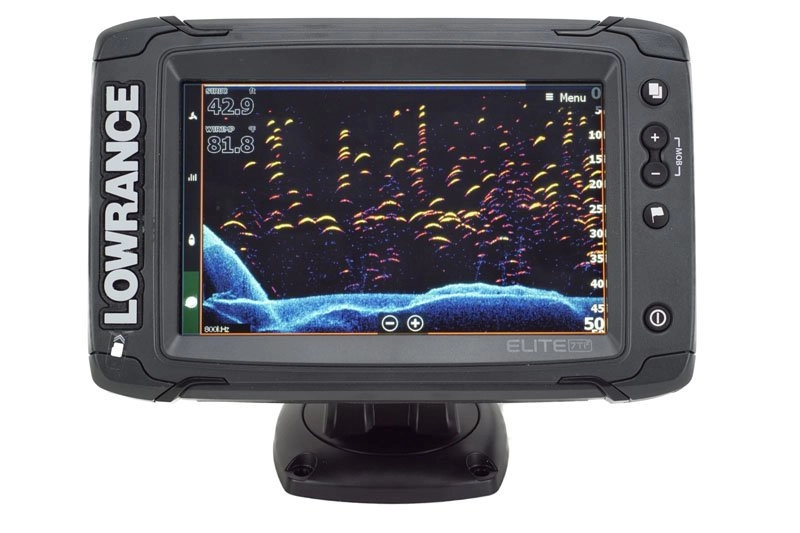
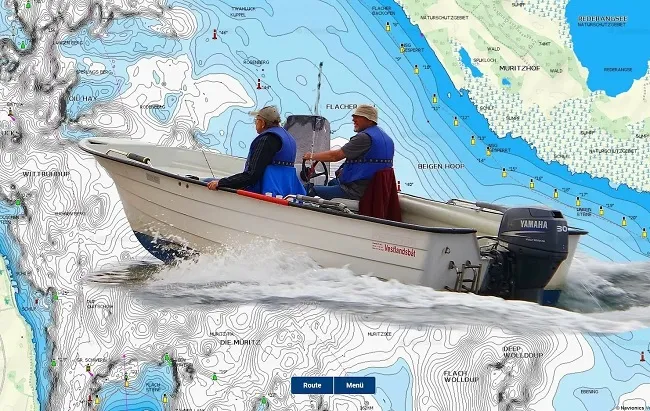
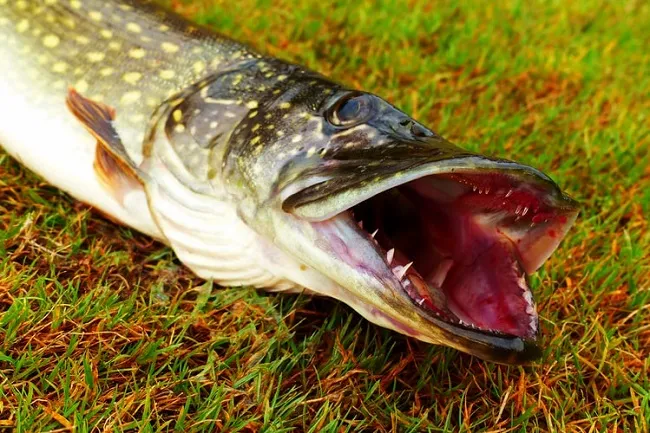
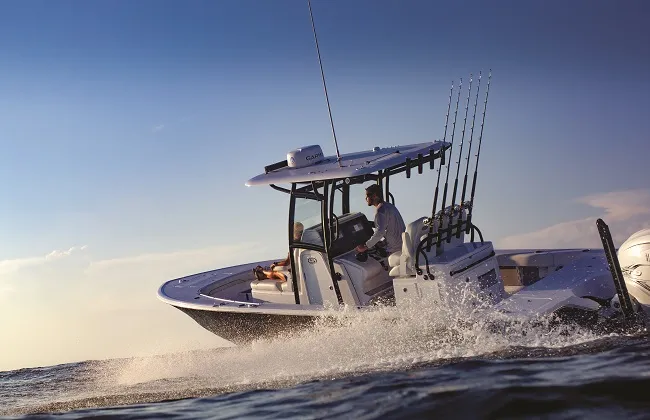
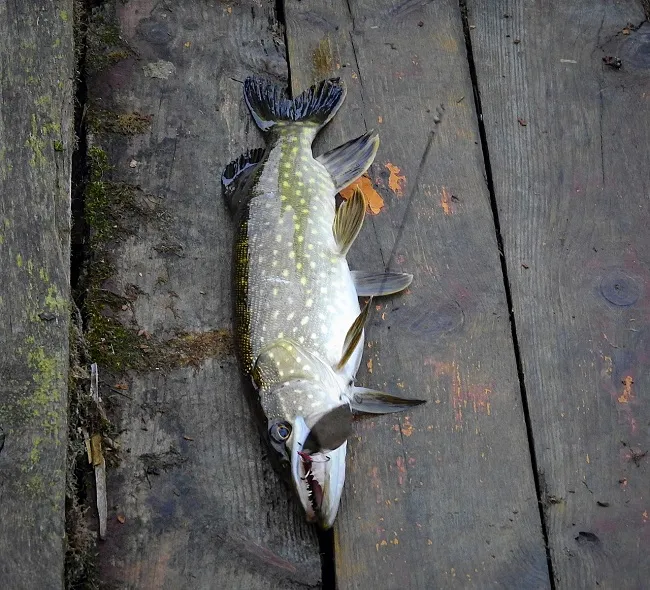
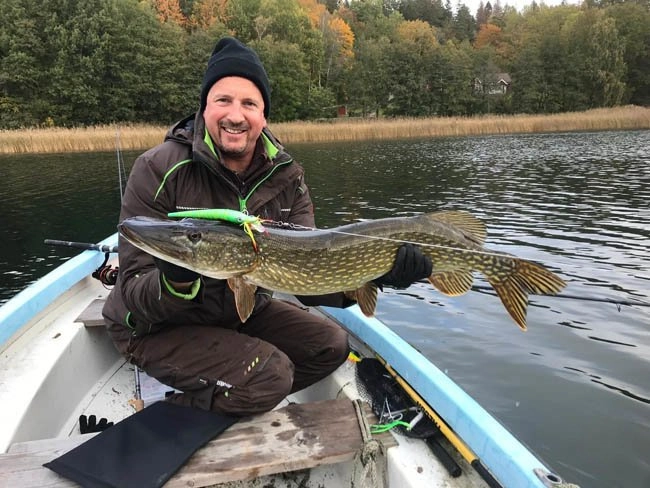
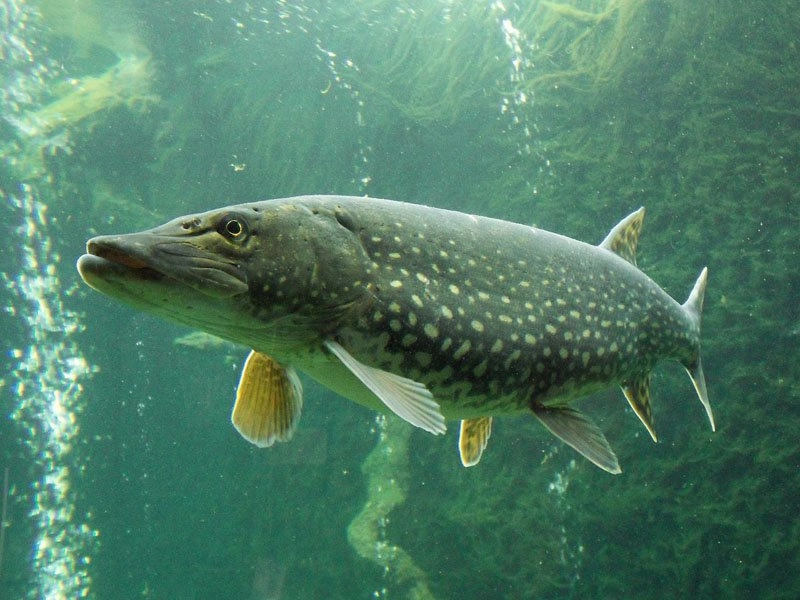
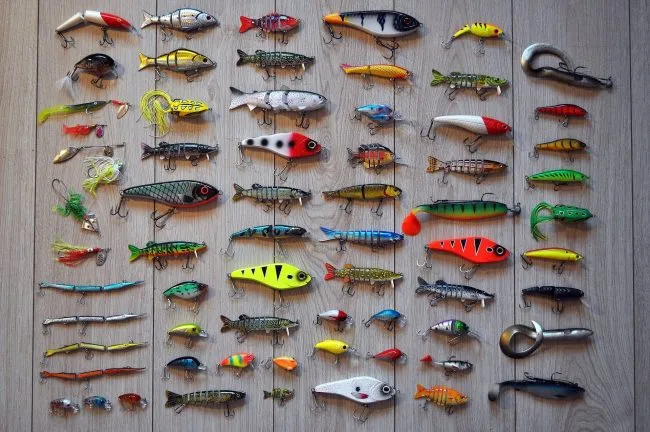
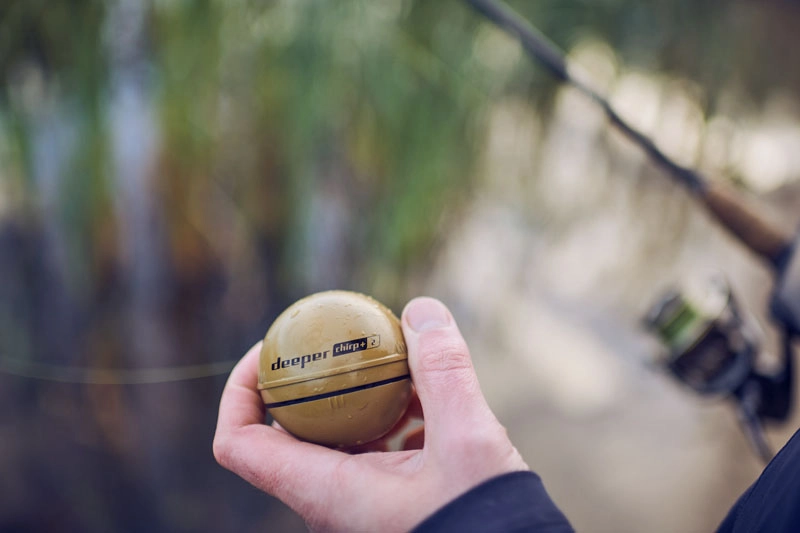
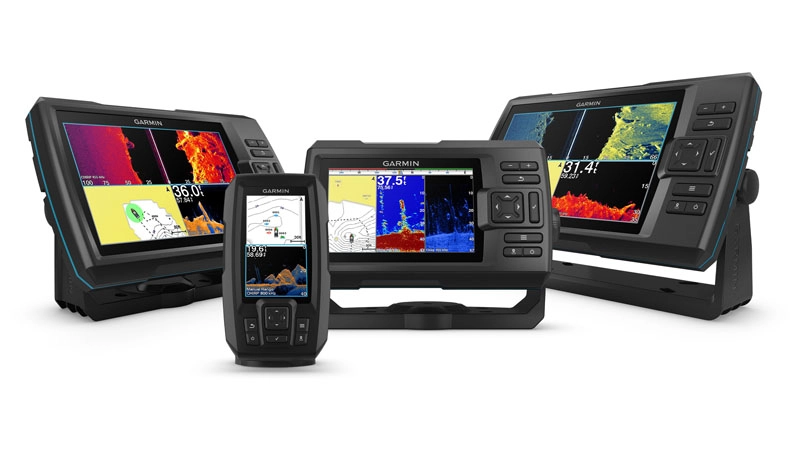
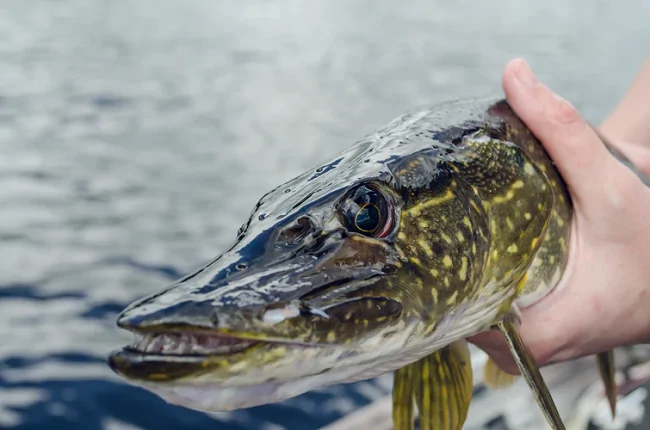
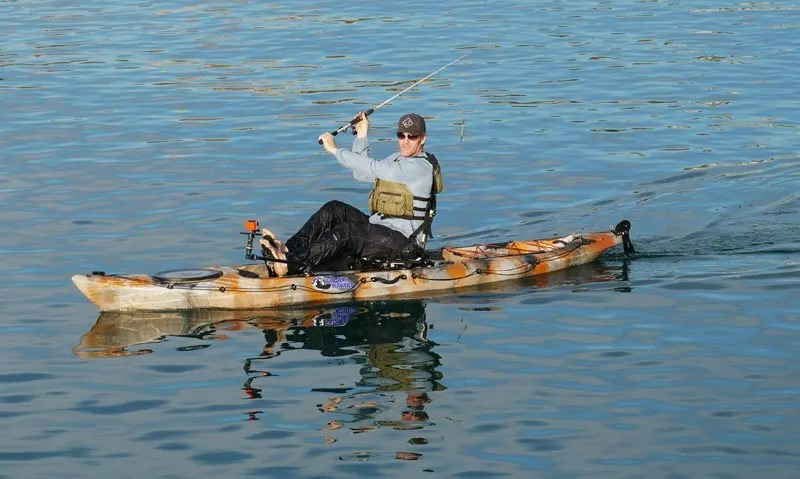
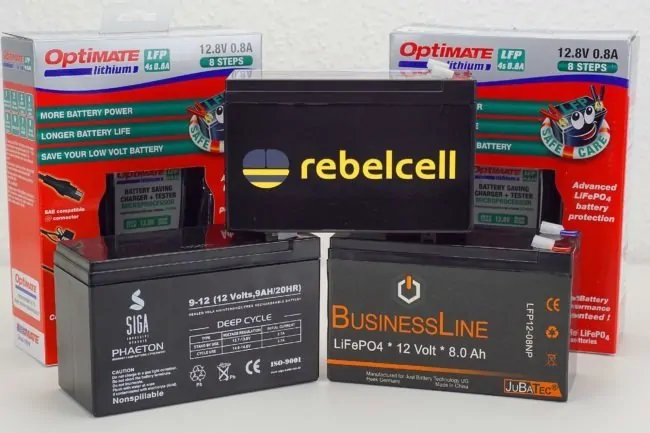
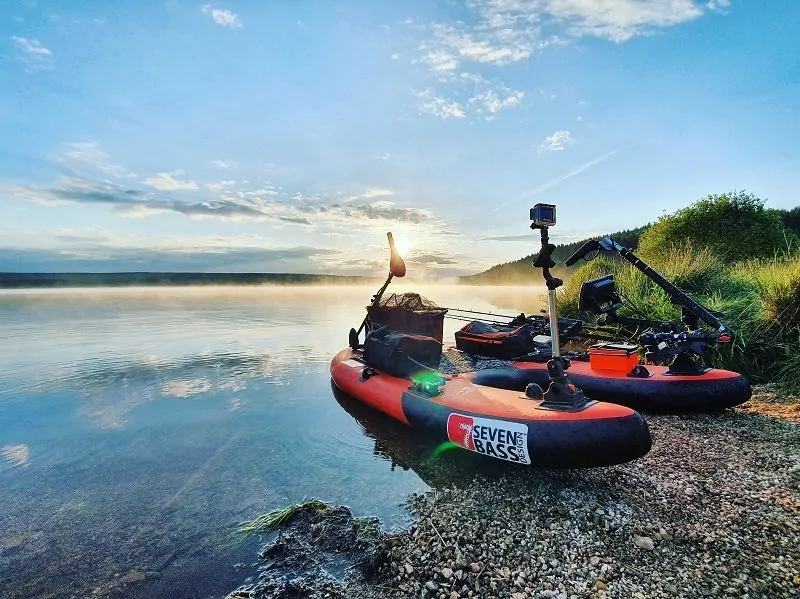
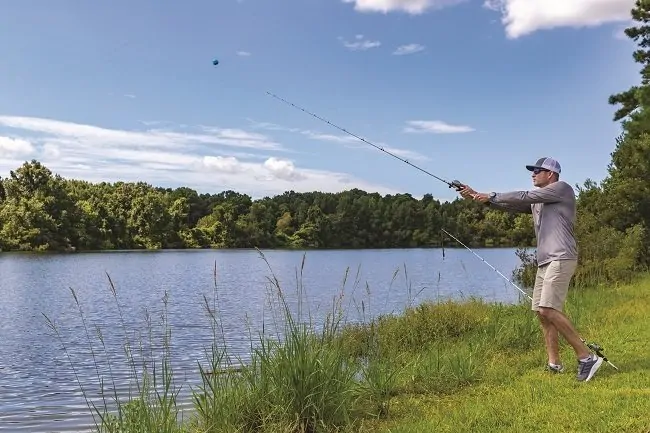
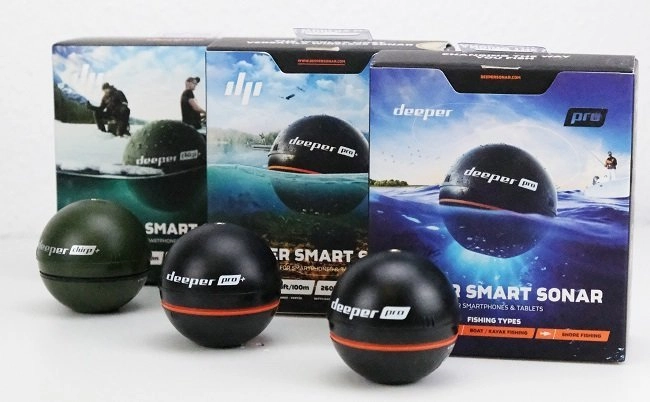
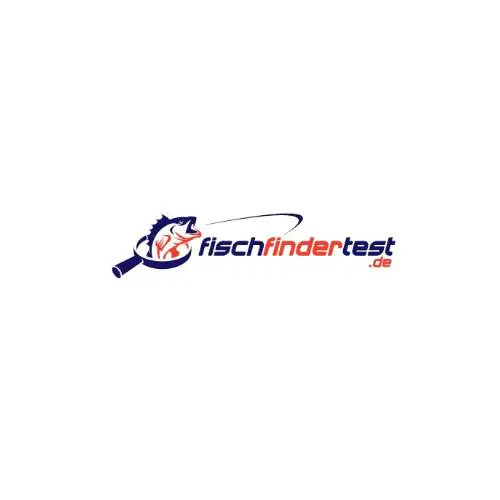
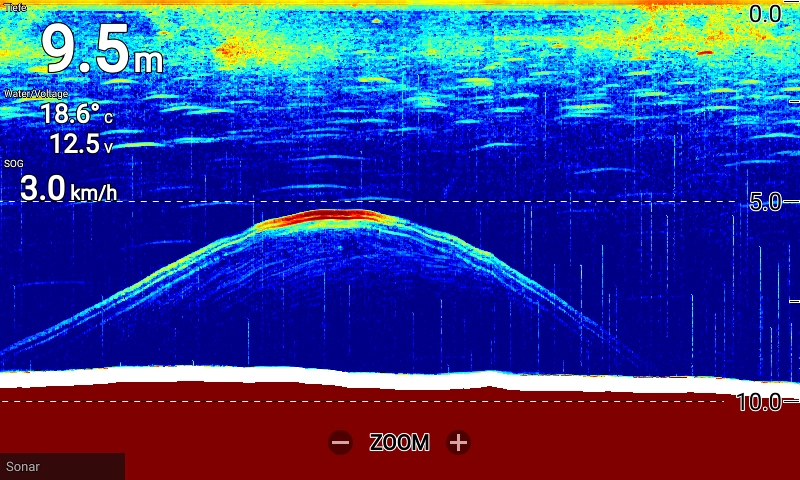
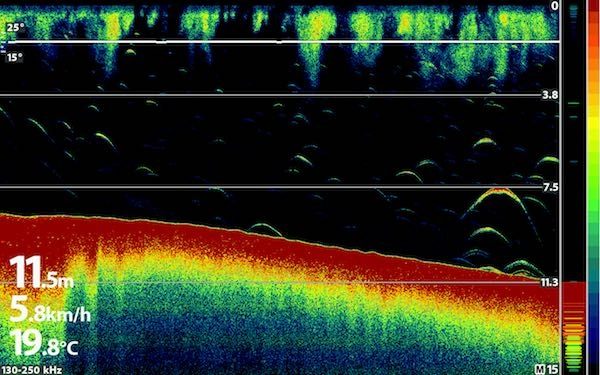
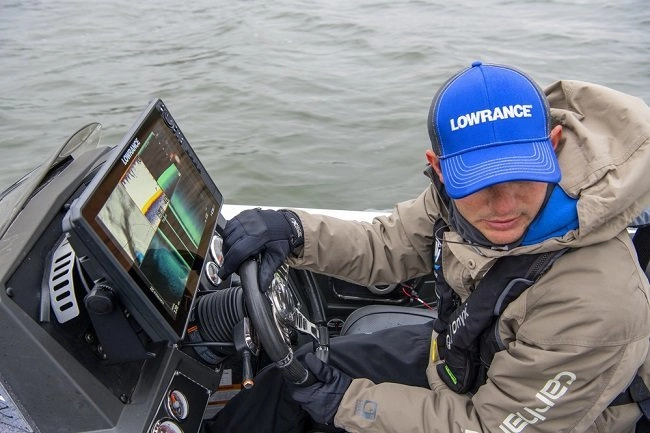
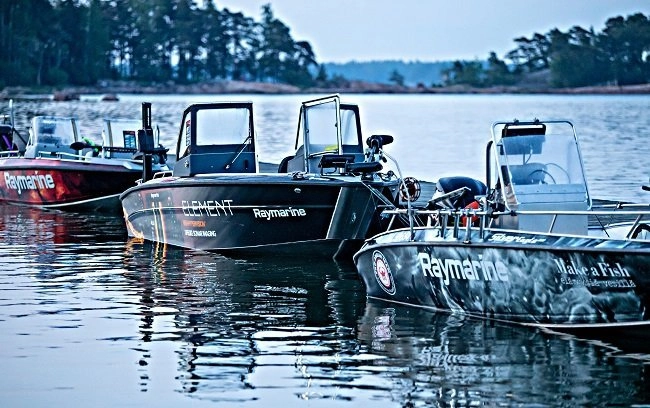
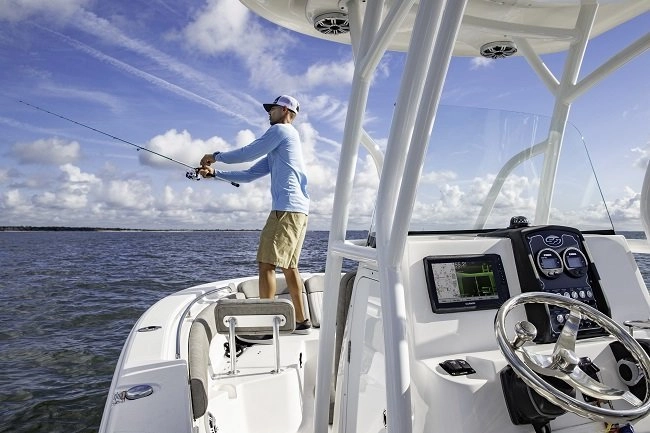
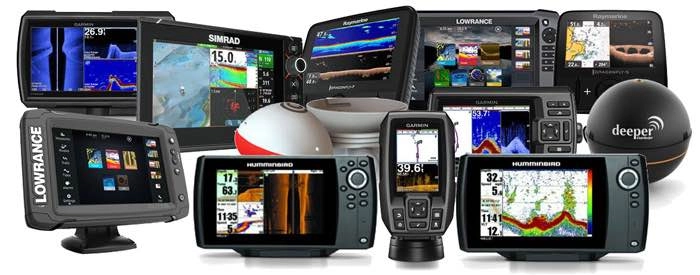
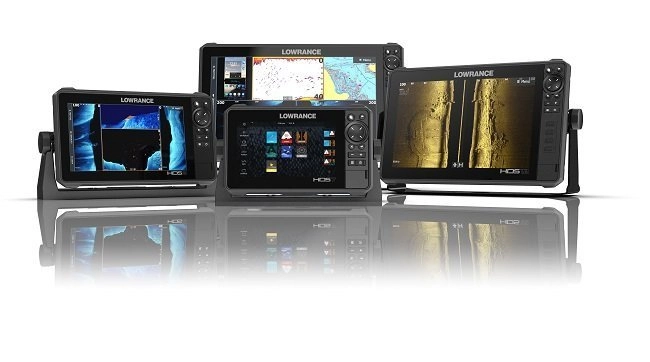
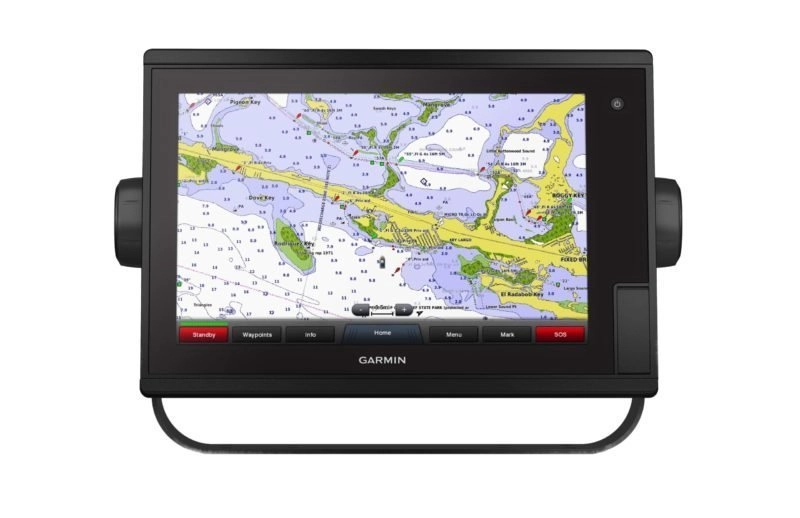
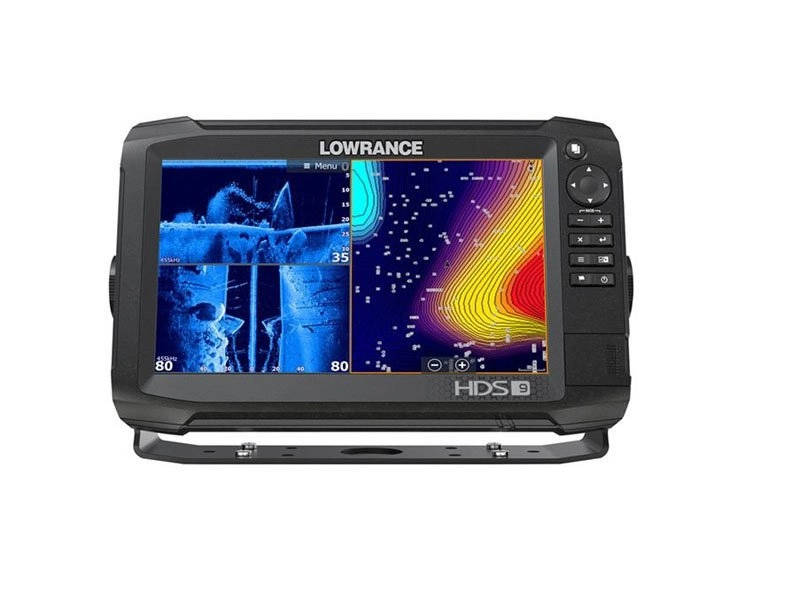
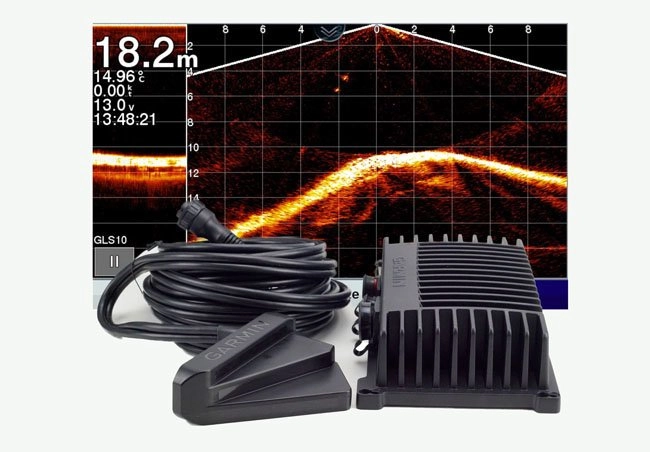
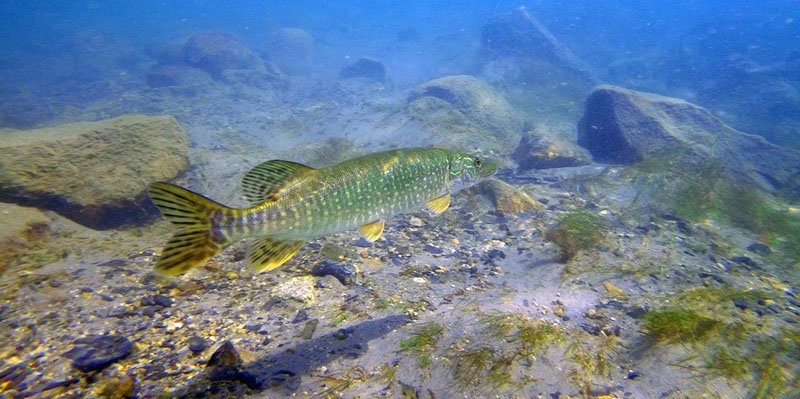
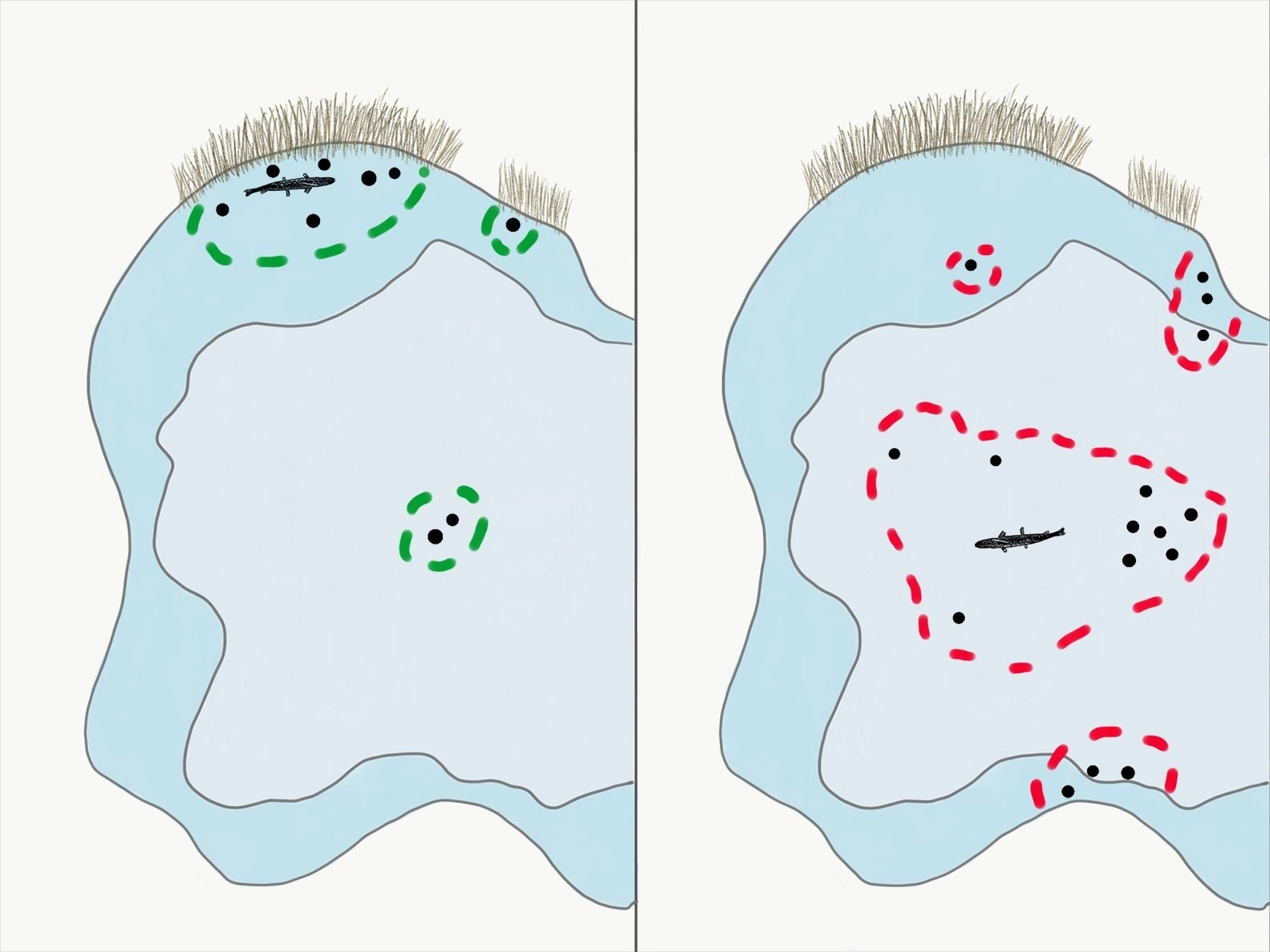
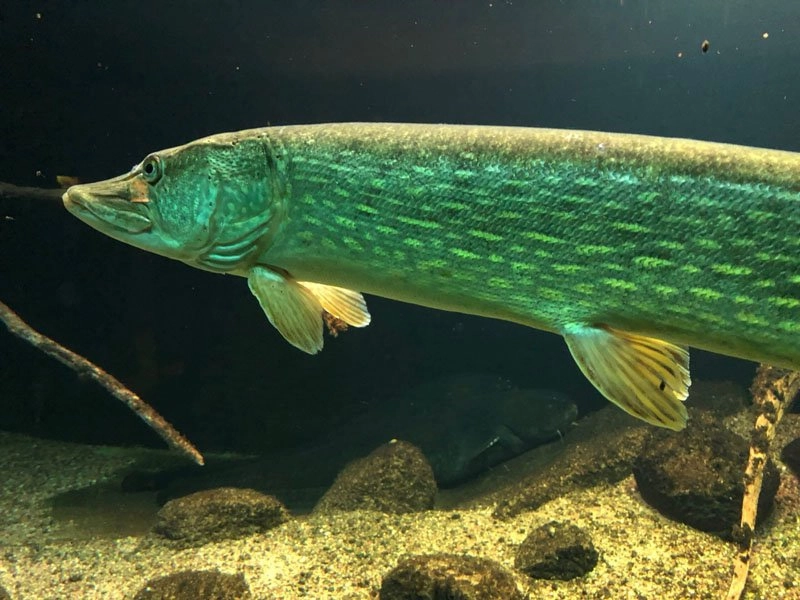
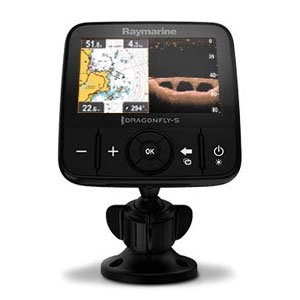
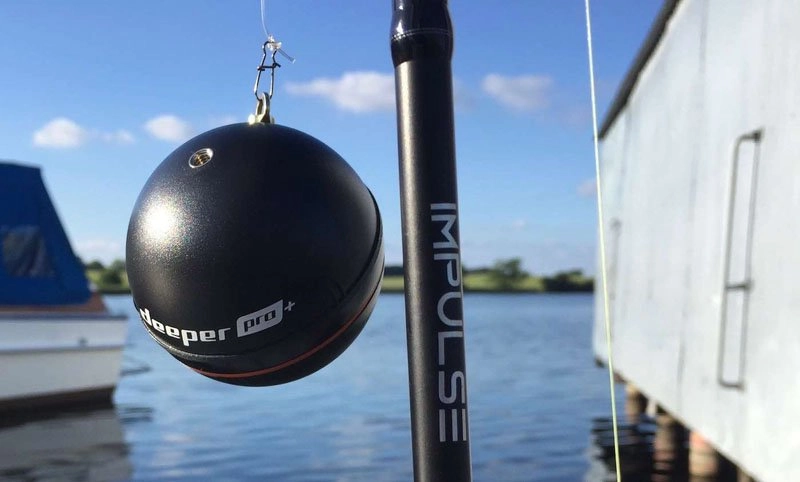
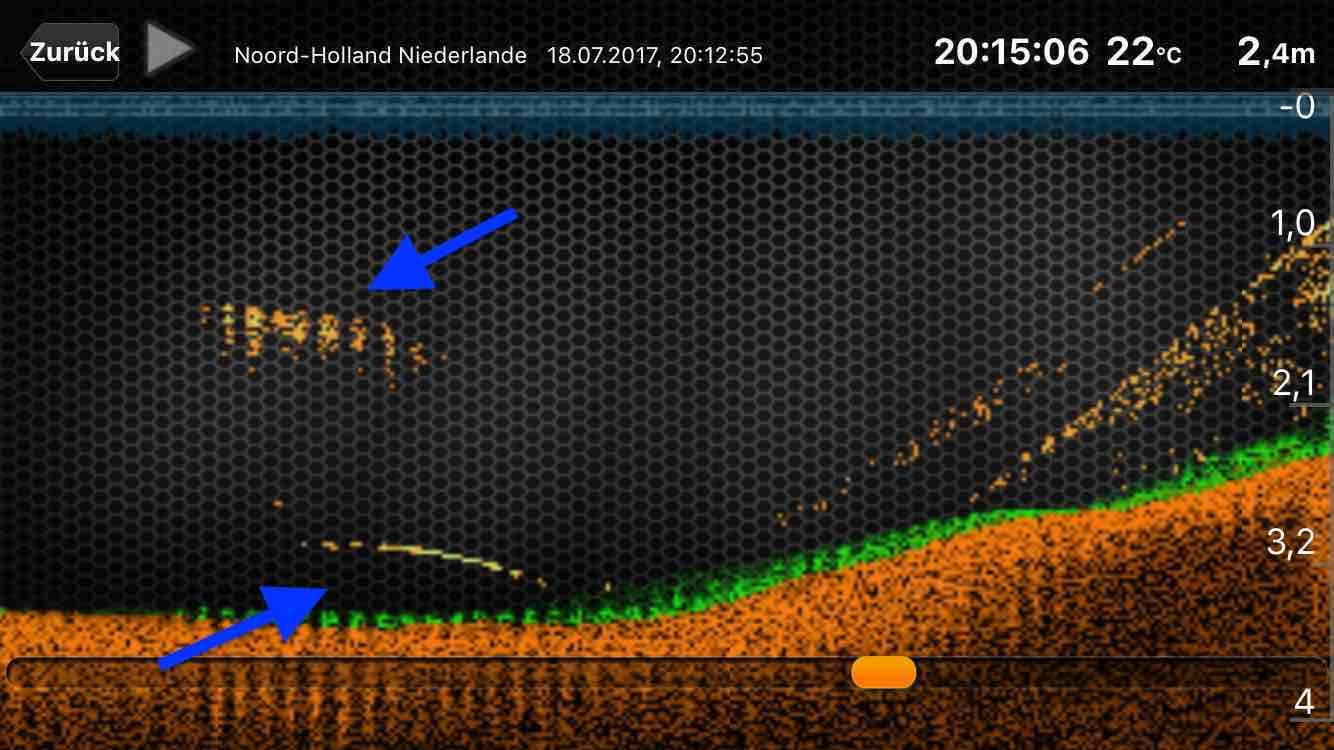
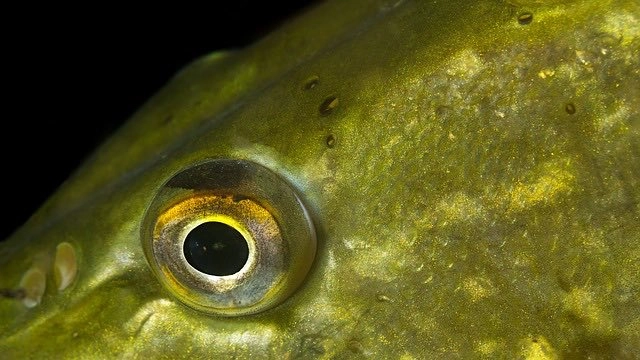


Raphaël G
Vladimir M
NICHOLAS JOHN REECY
Henrik
Dr. Manfred Marx
Andreas Witz
AK
Lübbe Wolfgang
Kalksee
Enrico Indelicato
Udo
Josef Weiss
Peter
Holger Just
Matthias Wappler
M. Hermanns
TACKLEFEVER